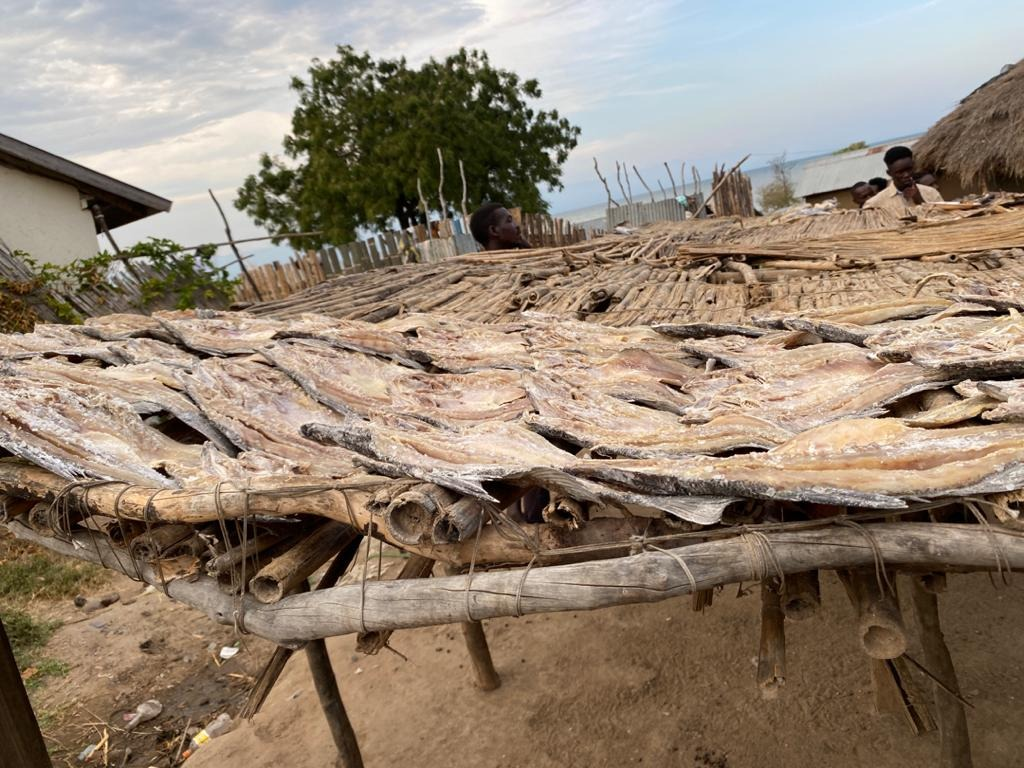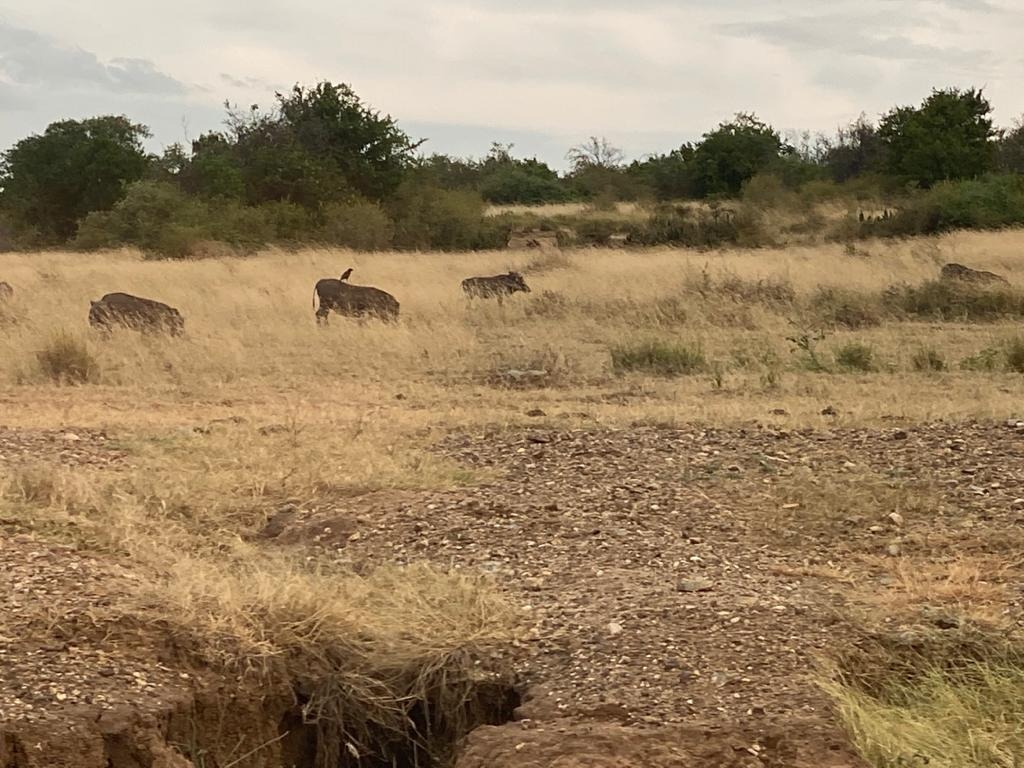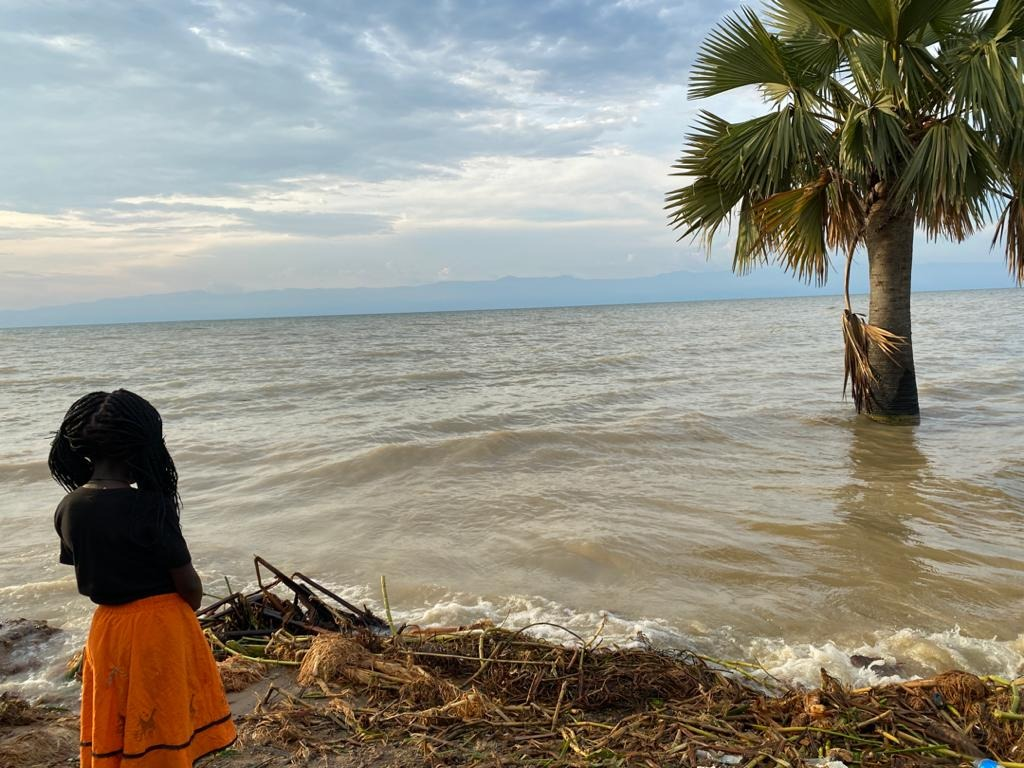On 25th December 2020, I made a trip to the Kyehooro landing site, on lake Albert to rekindle old childhood memories. As a young boy, I would walk that 60 something return trip. It was a tough journey, which was considered as a right of passage to adulthood of sorts. We would walk to the landing site to buy fish for resale at a profit. It was usually a two day’s journey.
Just before the rift valley, lived a man who would allow us to sleep at his home, and wake us very early to begin the descent of the steep rift valley slopes. I was told the man died a long time. He was a very hospitable man. It is so bad that I could not find him to make him happy. There are no known relatives or friends. I can only return the favour by helping other strangers in need. I think that is how life works. Some people do good things to us, then disappear so that we can touch other strangers. And the cycle continues.
This time, I made the trip by car. It took us just 40 minutes to get to the landing site. We also had the luxury to enjoy the rift valley attractions (Photo 1). It was a great journey.
Thanks to the oil discoveries in the Albertine region, the roads are well tarmacked and so smooth. The whole travel experience is outstanding. The once isolated, and dangerous rift valley lowlands have been transformed into a game reserve. As you drive, animals stroll by. The experience is fantastic if you make the drive during evening hours. You will also enjoy a spectacular sunset and fantastic vegetation.
Apart from a great tarmac road, nothing has changed at the Kyehooro landing site save for the ever-rising water levels which have been reclaiming part of the coastline, and ravaging properties along the way (Photo 2). In photo 2, the tree once in the land has been reclaimed by the lake. There are fears that with time, some of the road networks shall be reclaimed by water.
Fish preservation practices
The way fish used to be preserved in the early 1990s when we first visited by trekking is still the same – get the fish from the waters. Cut it open. Salt it. And then dry it (photo 1). This approach of fish preservation needs to be improved as it reduces the value of the fish and taste. Many times, you find small particles like stones in the fish. Sometimes the fish rots, which makes is not good and attracts low price at the market. Our young researchers must visit such landing sites to explore innovative solutions to preserve the fish and increase the value.
I have shared some pictures I took along the way, including the fish preservation methods which have remained the same for over 40 years. Do you have any low-cost methods of fish preservation that would improve the quality of the fish? If yes, let me know so that we consider doing it as a project.


Copyright Mustapha B Mugisa, Mr. Strategy 2021. All rights reserved.









